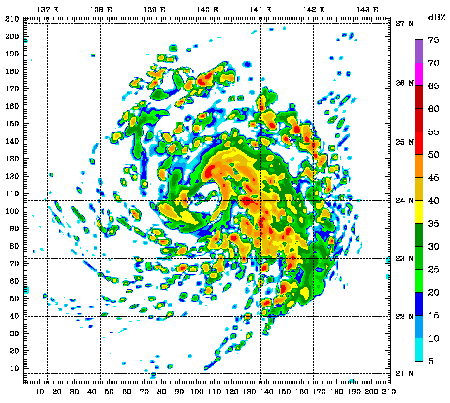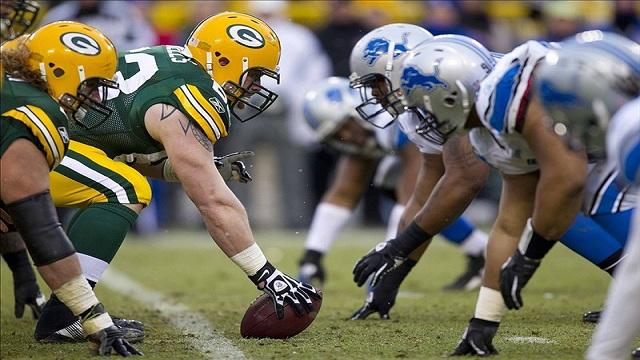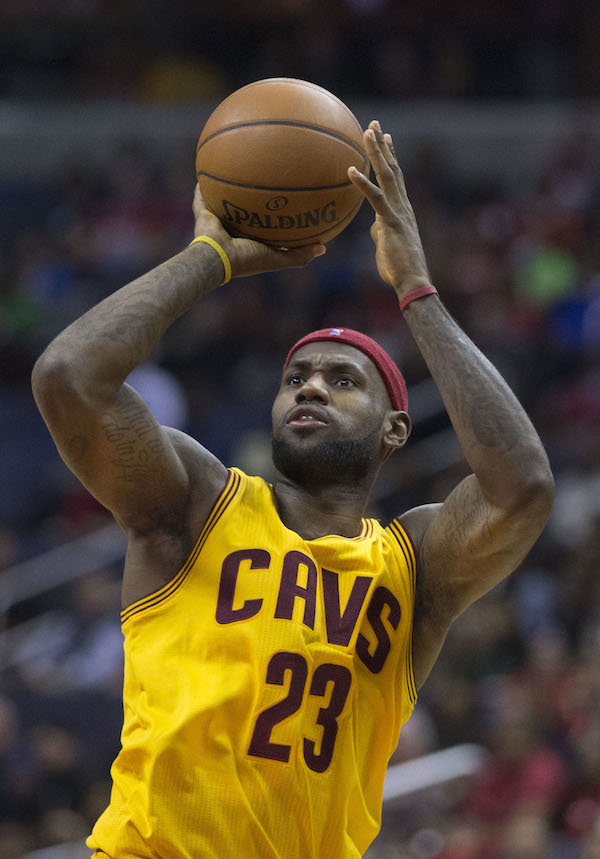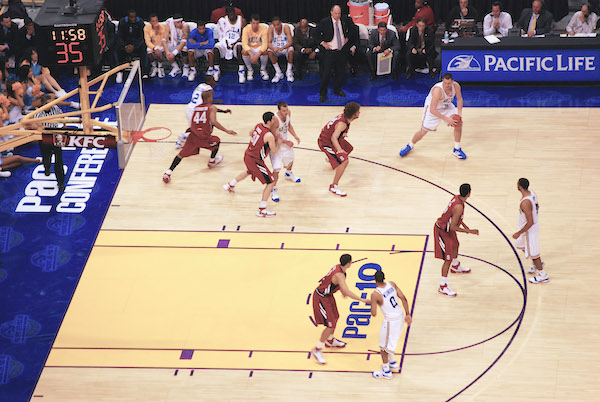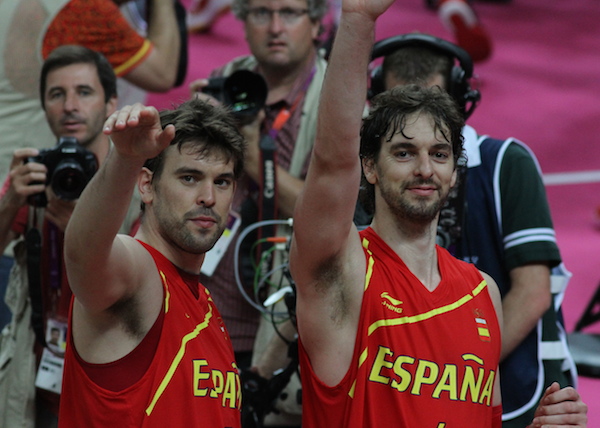This morning I woke up to find that Dear Sports Fan turned 100,000 overnight. That’s right, since May 22, 2011, the first day of this blog’s existence, it has been viewed 100,000 times! The past almost five years have been an amazing time for me. This blog has gone from being a casual side-project to a passion to an almost full-time avocation. I’ve poured a lot of myself into the around 500,000 words I’ve written for this site and if there hasn’t been blood or tears so far, there has definitely been a lot of sweat. I want to thank the close to 3,000 people who have come along for the ride in a really meaningful way by following me on Twitter or Fancred or liking my page on Facebook. You all are the worm that keeps me excited about getting up early and writing. [BAD METAPHOR ALERT]
To celebrate, I’d like to share a little bit about the blog, give some stats and anecdotes from the first 100,000 views and talk a little bit about the next 100,000.
Statistics
How did Dear Sports Fan get to 100,000? Let’s let the numbers tell the story.
As you can see from this first chart, the site’s growth was reasonably consistent for its first three years, from May of 2011 to the spring of 2014. Then it starts picking up a little speed and grows a little more rapidly. Starting in August of 2014, the site’s growth accelerates like a mile runner kicking towards the finish line. This growth rate continues to get steeper until the last little bit of the graph. Translating those numbers to events, I can tell you that I became much more dedicated to the site in late 2013/early 2014. My dedication was rewarded with more views. More views fed my dedication, and during the Spring and Summer of 2014, as I struggled with the decision to leave my job of seven and a half years, I decided that part of what I wanted to do when I left was write Dear Sports Fan. After I left in August of 2014, I was able to start writing every day. This, combined with a particularly newsworthy NFL football season, sparked the growth you see in the curve above. This peaked with the Super Bowl on Feb 1, Dear Sports Fan’s best day ever with 966 views. Since then, there’s been a natural lull, both in terms of my writing and the public’s viewing. I’m actually thrilled that Dear Sports Fan has maintained its relevance as much as it has during the slow sports time after the Super Bowl.
An even better way of looking at these statistics is through a chart showing average views per day.
One fun thing to notice in the chart above is that every September before this past one has a little peak. This is the peak in interest as the college and NFL football seasons start and lots of people start wondering how football works and why our culture seems so obsessed with it. This past year I was able to take that peak and build on it. Two other spikes that are fun to notice and remember are February 2014, when I wrote a lot about and even traveled to the Winter Olympics in Russia and June 2014 when the World Cup made soccer a brief national obsession.
Top Posts
Dear Sports Fan has 766 published posts. I’ve tried to find a good balance between stock (posts whose subject will last, if not forever, than a long time) and flow (articles whose interest will probably last only a few days.) In the flow category, I do two daily features — a 2-4 minute Sports Forecast podcast where I run through the most interesting sporting events of the coming day and a series of Cue Cards with very pithy synopses of high profile sporting events from yesterday and lines to use in conversations about them. During the football season, I was also writing weekly features previewing (as an imaginary good cop, bad cop duo) and reviewing each NFL football game.
As for stock, I’ve tried to concentrate on explaining the basics of major sports for people who are curious or confused about why so many people spend so much time being so involved with them. For a sample of the types of posts I’ve been writing, here are my top twenty posts from the first 100,000 hits.
No surprise that the series of “Why do people like _____?” posts are consistently quite popular. That’s the most basic question non-sports fans ask about sports fans. Although it doesn’t show up in my greatest hits numerically, I’m particularly proud of my series on brain injuries in football and how to save the future of football and football players by solving the brain injury problem. I also enjoyed putting together my two email courses (so far), Football 101 and Football 201. If you haven’t earned your certificates yet, you should do that before next fall.
What’s Next?
I have two projects that I’m excited about starting. The first is a text message service for hockey or basketball fans and the people who live in, around, or with them. The NHL and NBA playoffs begin April 15 and April 18 respectively. The playoffs are a hectic time. Teams play almost every other night but are not always scheduled in a predictable way. The importance of each game is magnified to somewhere on a scale from vital to earth-shatteringly important depending on the context of the seven-game playoff series. Injuries are tracked with as much interest and as little forthrightness as Cold War era troop movements. It’s a lot to keep track of and I’d like to help out with a text message each morning. The second project will be a series of articles and podcasts describing major sports franchises and what’s unique about being a fan of that team. There’s a surfeit of information out there about sports teams but very little that helps the layperson understand what to expect from a typical Mets fan and how that’s different from a Yankees fan.
Both of these new initiatives are more focused on getting directly involved with people who read, listen to, or otherwise make use of the site. Engagement has been the biggest struggle so far and I’m really hoping this will help. If you’re interested in being a part of one or both of the new features, comment on this post or send an email to dearsportsfan@gmail.com. Let me know if you’re a fan or someone who lives among the fans and which team or teams you follow.
Thanks for all the support,
Ezra Fischer

